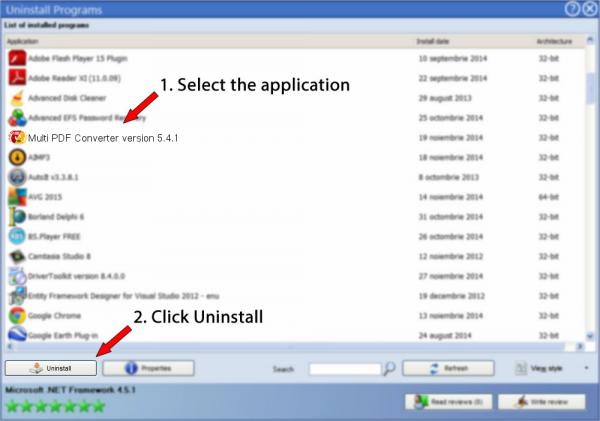
It can be used for both LPCM and DSD conversion (to LPCM) and has for example successfully converted DSD 11.2 MHz data to 44.1 kHz LPCM in a single conversion stage. This accuracy extends almost to fs/2 in the down converted data. It can achieve extremely accurate results that exhibit no intermodulation, aliasing or in-band frequency response ripple in the context of 32-bit audio data. As such the use of linear phase, minimum phase or apodizing filters ceases to be an issue. This DSRC technique uses a spectral domain approach that eliminates the need for a convolutional low-pass filter with all is problems of impulse response symmetry and filter approximation. Subjective sense, can achieve the dynamic range of a 20 bit system using

With appropriate models of human perception enable coding, than in a Given to information capacity of a linearly quantized digital audioĬhannel where it will be shown that noise shaping and dither together Of bitstream and pulse-width modulation is described as alternatives to Including oversampling and noise shaping.

Will review a number of the signal processing techniques now being used Of system complexity where analogue circuitry can be simplified at theĮxpense of an increase in digital system complexity. Modern VLSI and signal processing techniques allow an exchange This requirement setsįormidable engineering requirements especially where circuity must be of Subjective dynamic range approaching 20 bit. Although the initial specification for a digitalĪudio channel was 16 bit, modern systems are now seeking to achieve a The signal transparency of analogue-to-digital and digital-to-analogueĬonversion gateways. The performance of digital audio equipment depends ultimately upon


 0 kommentar(er)
0 kommentar(er)
